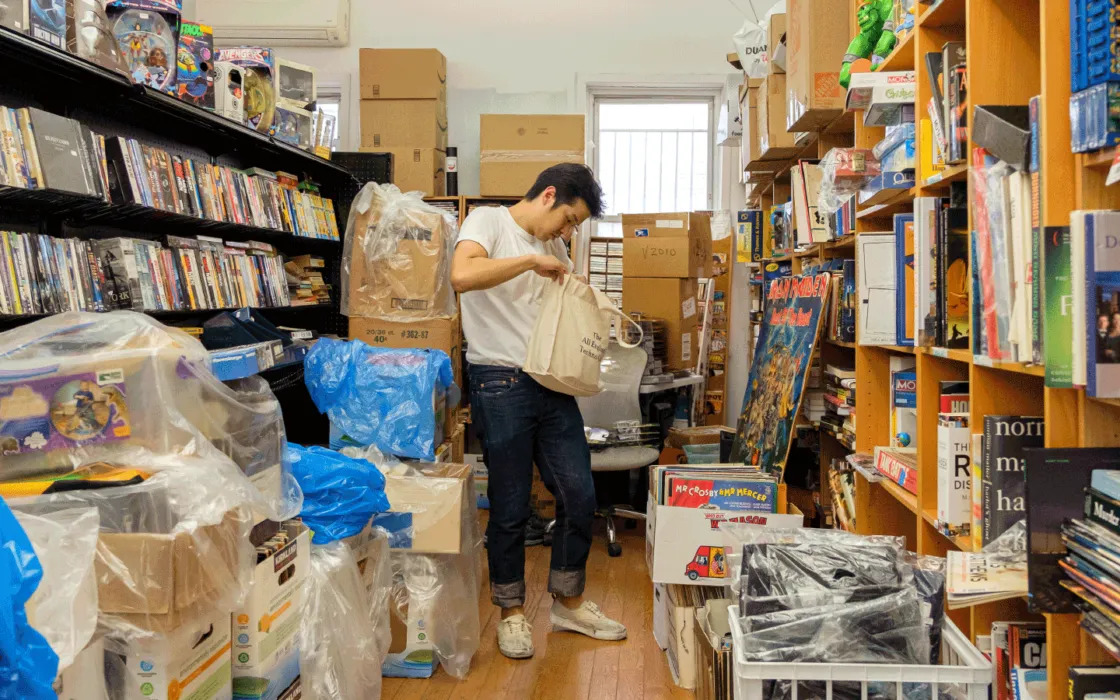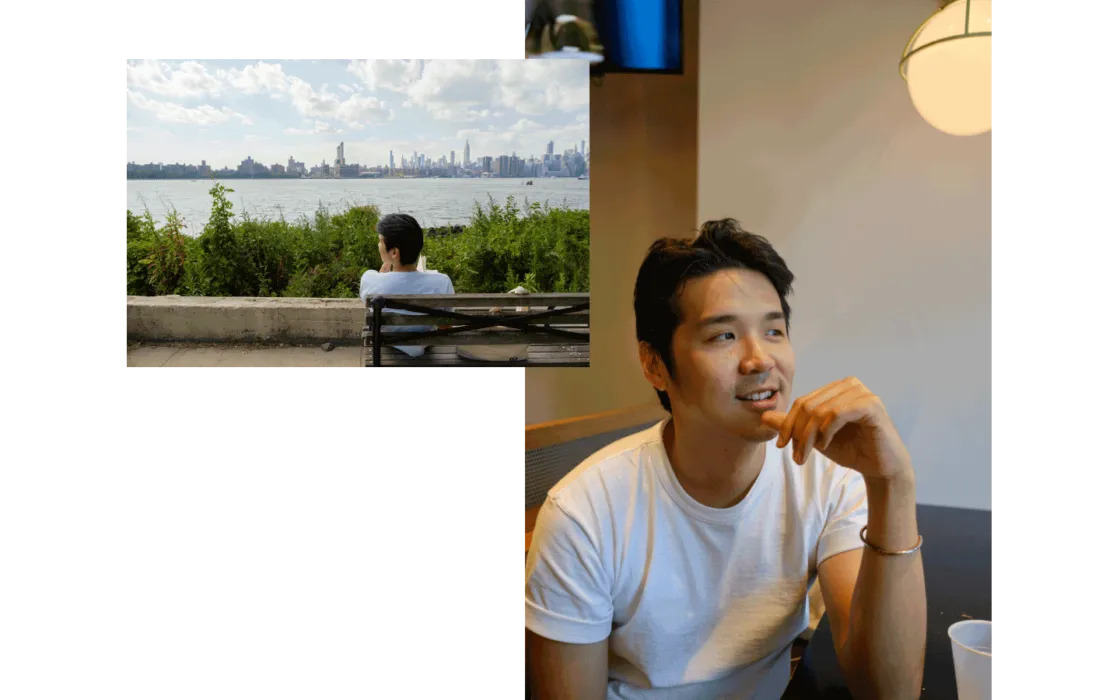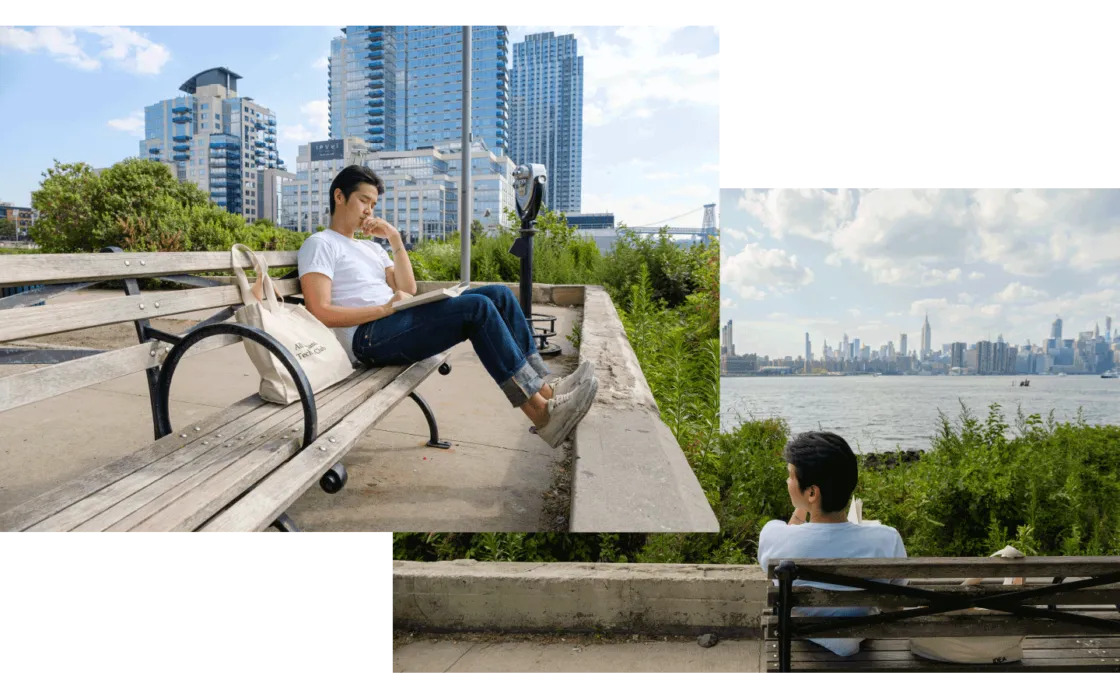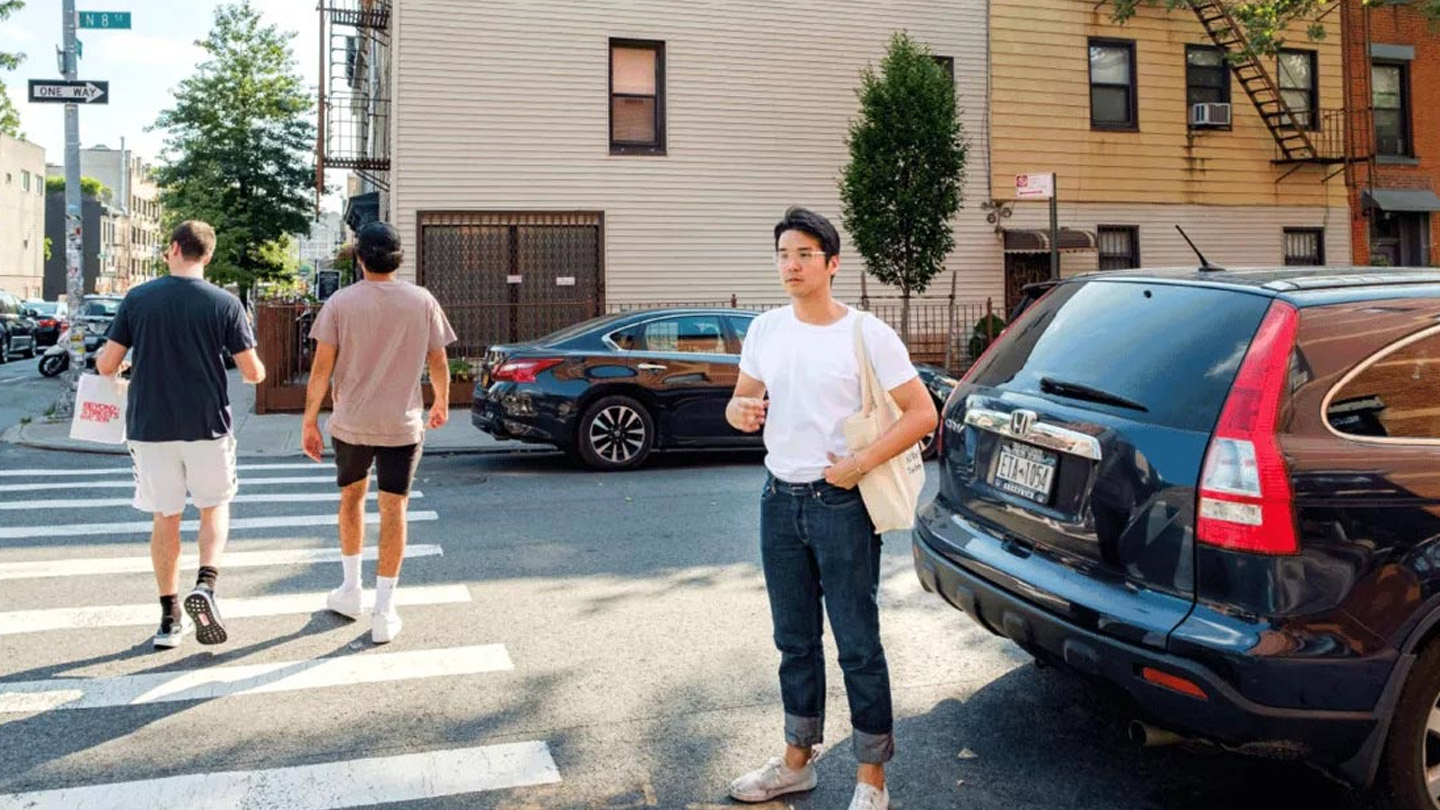A conversation with the prolific editor on local publishing and how editorial plays a role in building brands and even cities.
Article originally published in The Serious Review
If you’ve been following local media this last decade, chances are you’re familiar with Raymond, his work, and the promise of what the industry could be with him at the helm. After editorial stints in The Philippine Star and Rogue, a slew of books published under his imprint, Made of Bricks, such as Manila, Manila, and More, not to mention starting his own consultancy firm, Milk Man Marketing—he was positioned to become a top industry leader at the age of 30. Enter: New York City and her irresistible siren call. Raymond packed his bags and headed to the capital of publishing to work at one of the most prestigious publications today. The Serious Review caught up with Raymond as he shared his thoughts on editorial and how it connects with branding and storytelling.
Hi Raymond. How are you?
Hi guys! I just settled into a café. I’ve got a cold brew, banana bread, and Alexander Chee’s How to Write An Autobiographical Novel in front of me.
What was the magazine that piqued your interest in publishing?
The first magazine I ever bought was Rolling Stone. I was 12, I found it at a Booksale and I read and studied that magazine like it was an encyclopedia. It happened to be the “Pop 100” issue—basically, a list of the greatest singles of all time, from Bob Dylan to Brandy and Monica—and it really helped define how I understand pop culture.
You started your career at a small publication that never came out. What did you get out of that experience?
I think it was the best first job I could have. We were a tiny team of four—Audrey Carpio, Paolo Lorenzana, and Clara Balaguer were my bosses—and because we were so understaffed, everyone did double or triple duty. As an editorial assistant, I was already mapping out production schedules, helping manage budget, and helping organize events. The magazine never launched and we were let go after six months, but I learned a lot. I had the best bosses and the whole experience was like bootcamp.
“It’s so important to understand where you are and who you’re talking to before you even think about what you want to say. I think a lot of brands coming into the country run into that trouble.”
What did you learn most being an editor in The Philippine Star then?
I was part of The Philippine Star’s Supreme section’s “22 Under 22” list in my senior year in college. It was a list of promising young talents and I was included for my work in the school newspaper. After that, Supreme’s editor Tim Yap started assigning me stories. At first they were minor features, but later he started trusting me with cover stories.
I learned a lot from Tim and Tita Millet Mananquil, the editor of the Star’s Lifestyle sections. They made me understand how public narratives are built, how personas are made, and to always have an ear to the ground.
Tim knows people in every scene, from the rock kids in Saguijo to the celebrities on TV to the socialites in Tatler. He manages to make everyone feel equally important and equally welcome, and I think that’s a special gift. He’s a generous guy.
And I will always remember something Tita Millet told us. She said, “It’s the lifestyle and culture journalist’s job to be a champion of our local talents.” A lot of people fall into the trap of thinking reporting about the international scene is the important work. But she makes a great point: who will champion, write, criticize, document our local culture if not for us? She really helped me understand purpose and responsibility.

Then you started making magazines with the biggest brands such as Bench and Ayala Corp. How was that experience like?
I see those magazines as creative exercises. How creative can you get within certain parameters? How beautiful can your shoots be if you can only use x, y, and z brands? What story can you tell within a very specific geography? You have different goals but, at the end of the day, you use the same skills.
What are keys to a successfully made magazine? How about a brand?
Point of view and chemistry. Point of view is important because if you’re not saying anything, you might as well not do it. Chemistry is crucial because it’s how the different disciplines—photography, graphic design, fashion, writing—come together.

What makes design so important in telling a narrative?
You can’t make people read if they’re not looking.
They say content is king but context is kingdom, which most likely rings true to editors. How does a brand win at content marketing?
It’s so important to understand where you are and who you’re talking to before you even think about what you want to say. I think a lot of brands coming into the country run into that trouble.
Those franchise restaurants or shops that have been opening all over the city, for example. A lot of business owners seem to think that the things that make something great in some First World city are the same things that will something work in Manila. That’s rarely the case. It’s so important to understand how a brand fits into this context. It’s so important to understand a brand’s strengths and weaknesses. Recalibrate if necessary.
“Branding is how you tell your market who you are. It’s how you tell your market what you stand for, what makes you different.”
Why do you think branding is so important?
Branding is how you tell your market who you are. It’s how you tell your market what you stand for, what makes you different.
You published Manila, Manila, and More. How do tourism, reputation, and branding come to play when building cities?
Tourism and reputation are a city’s brand. No amount of great branding can distract from a bad experience.
For Manila, it kind of doesn’t matter if a great branding agency gives the city a beautiful makeover. At the end of the day, traffic is traffic. Bad urban planning is urban planning. Beautiful typography and a sophisticated color sense can’t hide that. There are a lot of things we need to sort out before we think about fonts.
You started Milk Man, a marketing group composed of editors. What’s the advantage of being an editor offered in the marketing or branding industry?
Any good editor can read a room. A good editor can take something and know what that cultural artefact means to a specific cultural moment. As part of Milk Man Marketing, I’m a marketing consultant but, at the end of the day, I’m still using an editor’s eye.

You recently moved to New York which is, for many, the center of publishing.
New York is definitely the center of publishing. I think a big part of that is just history, how most of the iconic magazines and media companies were founded here. And also how so many of the milestones in the different arts—from literature to dance to film—happened here. There’s so much history on the streets we walk on, the buildings we enter, the bridges we cross—how can you be here and not care about culture?
Culture is such a big part of New Yorkers’ lives. Everyone’s a reader, has an opinion about the latest theater productions, is his or her own best restaurant critic. It’s no coincidence that one of the very best magazines of all time is a magazine about this city, New York.
What do you think Manila is a center of? For someone who regularly travels, is there a “brand essence” to Manila?
Filipinos and Manileños are incredibly warm people. You go all around the world and you realize that’s really true and it’s a special thing. Filipino hospitality is what makes the Philippines “more fun,” to borrow from that Department of Tourism campaign.
What would be your advice to anyone who wants to pursue a career in the same fields?
Proceed with purpose.
